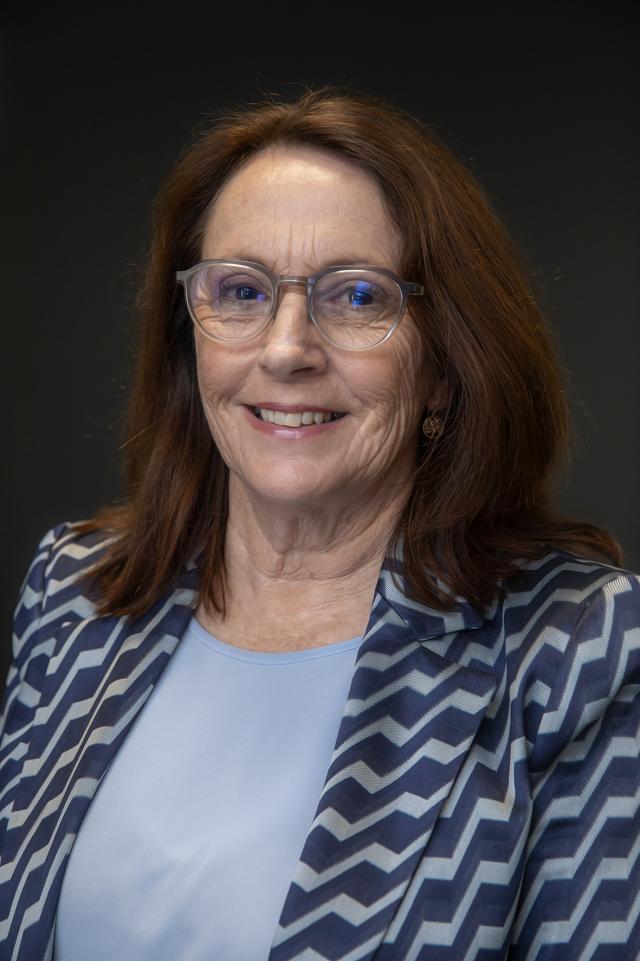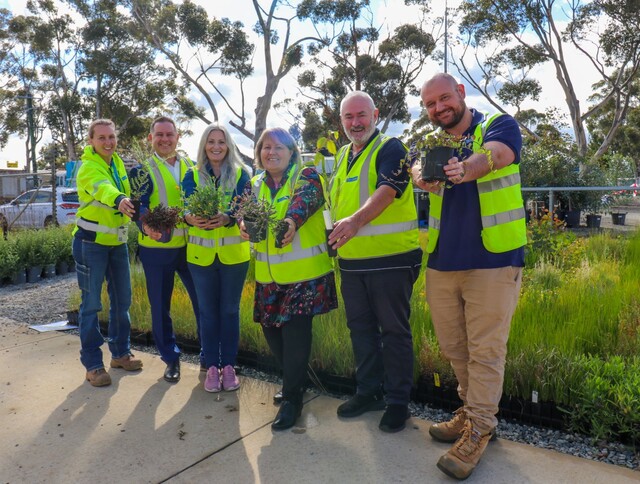Disaster readiness in the Bundaberg region has been significantly strengthened since devastating flooding and tornadoes in 2013. The Disaster Management Unit at Bundaberg Regional Council has played a key role in the process.
The Bundaberg Local Government Area in Queensland is home to about 100,000 people and is situated at the southern end of the Great Barrier Reef, about a four-hour drive north of Brisbane.
Bundaberg itself is situated on the scenic Burnett River. The region is a renowned destination for retirees, with the region having a median age of 43 years (seven years older than the Queensland median).
Disaster preparedness in the Bundaberg region is a shared responsibility across Council and with the community.
The Disaster Management Unit (DisManU) works within Council, across numerous external agencies and with the community. The Unit is comprised of two staff, but through highly developed relationships its operations extend to include content experts and practitioners from fields as diverse as the emergency services, engineering, environmental health, economics, ICT and the psychological and social sciences.
Disaster Management Officer Matt Dyer leads the Unit. His main job is to “…exhort, encourage, uplift and enable” colleagues, partners and community to foster disaster preparedness. Mr Dyer works with Disaster Management Support Officer Angela Everist, whose expertise includes local government operations and project management. Both officers played key roles in the response and recovery associated with the record floods and tornadoes of January 2013.
Additionally, relationships with new partners in disaster management have been nurtured through Council’s Human/Social Wellbeing Committee, overseen by Bruce Green. A broader cross-section of community representatives and non-government agencies are now integrating disaster preparedness into their normal
business.
Council’s Media team under the stewardship of Megan Magill has also improved the use of communication tools during emerging events and has refined how warnings are issued across multiple platforms.
The Media team has helped DisManU fill information gaps that could become sources of misinformation and facilitates the creation of a disaster preparedness narrative.
The Burnett River Floodplain Action Plan – a recipient of a Highly Commended Resilient Australia Government Award at this year’s Get Ready Queensland Resilient Australia Awards – has raised resilience through an exhaustive community engagement process, delivering tangible outcomes such as warning systems, evacuation routes and flood-wise communities.
A current project that DisManU is focusing on is identifying and addressing vulnerabilities that seniors living in their own homes may have, which came out of a joint research project with Queensland’s Inspector General of Emergency Management.
Additionally, DisManU is seeking to prepare local coastal communities for storm tides (and tsunami), as well as sowing the seeds for future adaptation to climate change.
By definition, disasters are highly complex events and predicting their effects, let alone their occurrence, can be confounding. As populations increase and age, and the effects of climate change manifest, there will be no reduction in complexity of future disasters.
Relationships are the core of disaster management. DisManU creates the conditions that promote teamwork, including modelling the behaviours that kindle cooperation and collaboration. The “mateship” that was observed at Bundaberg during the 2013 floods was considered fundamental to the disaster response efficacy.








